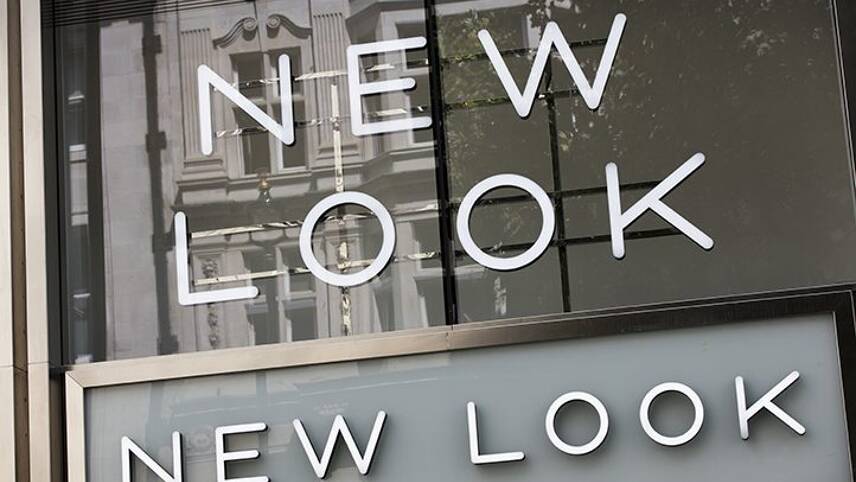Register for free and continue reading
Join our growing army of changemakers and get unlimited access to our premium content

The retailer will run new carbon targets through the Science Based Targets initiative
New Look has provided an update to its sustainability strategy as part of an ongoing “Kind to Our Core” initiative. The new update features a headline commitment to becoming climate positive by 2040. This includes halving greenhouse gas emissions from its products by 2030.
The climate positive commitment will see New Look strive to reduce its environmental impact across a range of key factors. This includes the circularity of its products and packaging, and reducing emissions and water usage.
New Look already classes 55% of its products as “Kind”, meaning that they are sourced with environmental impacts in mind, including the amount of cotton sourced through the Better Cotton Initiative.
The retailer is now aiming to ensure that 100% of its cotton is either recycled, organic or from the initiative by 2022. Additionally, New Look has put a target in place to use 100% sustainable viscose by 2023.
In 2019, New Look was part of a cohort of high-street retailers that signed up to the Changing Markets Foundation’s viscose roadmap to ensure they are sourcing sustainable viscose that doesn’t contribute to environmental pollution.
Viscose is the third most commonly used fibre in the world and is considered more sustainable than oil-derived synthetics and water-hungry cotton. However, continuous cases of viscose suppliers and producers disregarding environmental standards have led to calls for end-user retailers to act.
The two firms join Inditex, ASOS, H&M Group, Tesco, Marks & Spencer (M&S), Esprit, C&A and Next – which signed up to the roadmap last year. The 10 firms have publicly committed to permanently ditch dirty viscose production methods by 2023-25.
New Look will also publish full visibility of its suppliers down to Tier 2 and full visibility of its cotton, viscose and polyester supply chains to Tier 3 by 2023.
The retailer will also run new carbon targets through the Science Based Targets initiative, with specific targets and roadmaps to be submitted by 2023. New Look believes that targets will be ratified by 2024.
New Look’s chief executive Nigel Oddy said: “Environmental and social responsibility has been a part of our business for over 20 years. Now, as a leading womenswear retailer with a global footprint, acting sustainably has never been more important to us. We are proud of our achievements to date, but our strategy refresh commits to going further and outlines our ambitions for the future.
“At New Look, we have a responsibility to our people, employees, and wider society to embrace and accelerate the change needed to reduce our environmental impact. By ensuring that our business is ‘Kind to Our Core’ we are also building a brand that is fit for cultural evolution and global challenges, creating a sustainable future for New Look.”
Mixed progress
According to the ratings app Good on You, New Look “has a long way to go to prioritise the planet,” noting a previous lack of timebound commitments to reducing carbon emissions
In 2019, the company reach 99% renewable energy procurement across its stores, offices and warehouses. In the same year, it achieved Carbon Neutral Gold Standard and UN Climate Neutral Now Participation certification. The company has also offset its emissions for the last three years.
New Look is also a signatory to the British Retail Consortium’s Climate Action Roadmap, a new collaborative roadmap to transform the sector and its supply chain to net-zero emissions by 2040.
Analysis from the Consortium has revealed that the sector’s carbon emissions are down 49% on 2005 levels, but much more needs to be done to reach the net-zero target.
Matt Mace


Much, much too late. we don’t have 20 years to fix this. Humanity produces 10 large volcanic eruptions of CO2 every day. Get to true-zero before 2030.